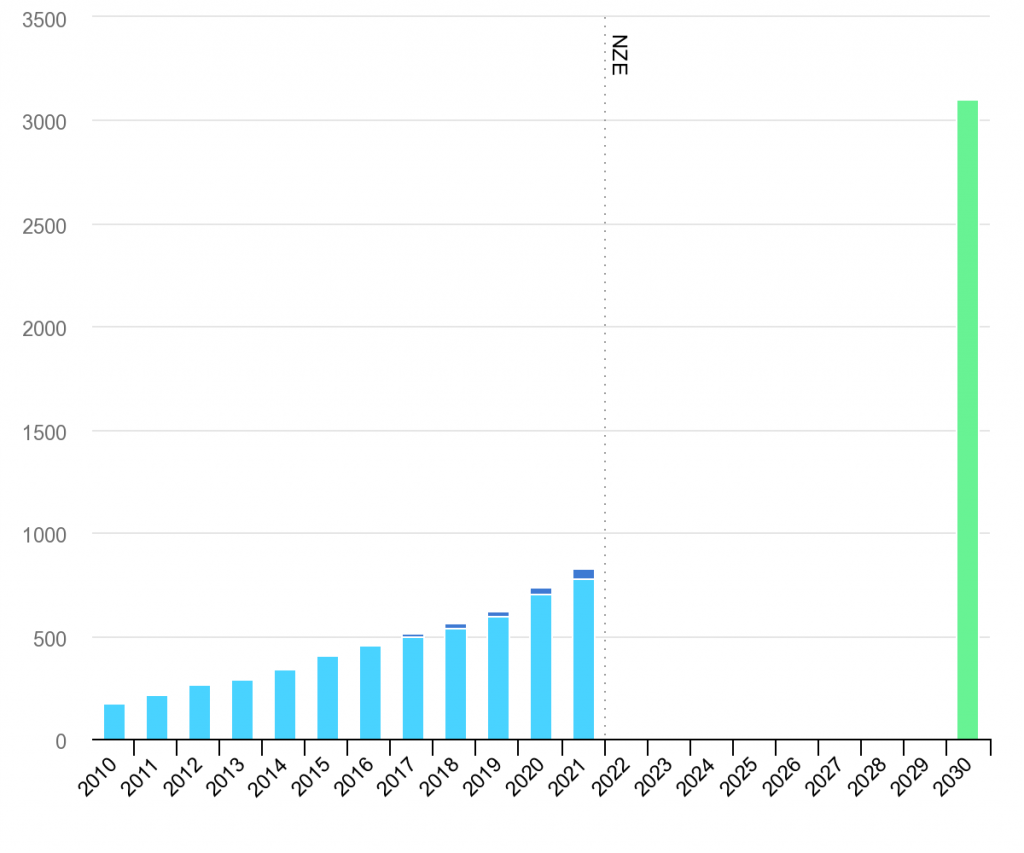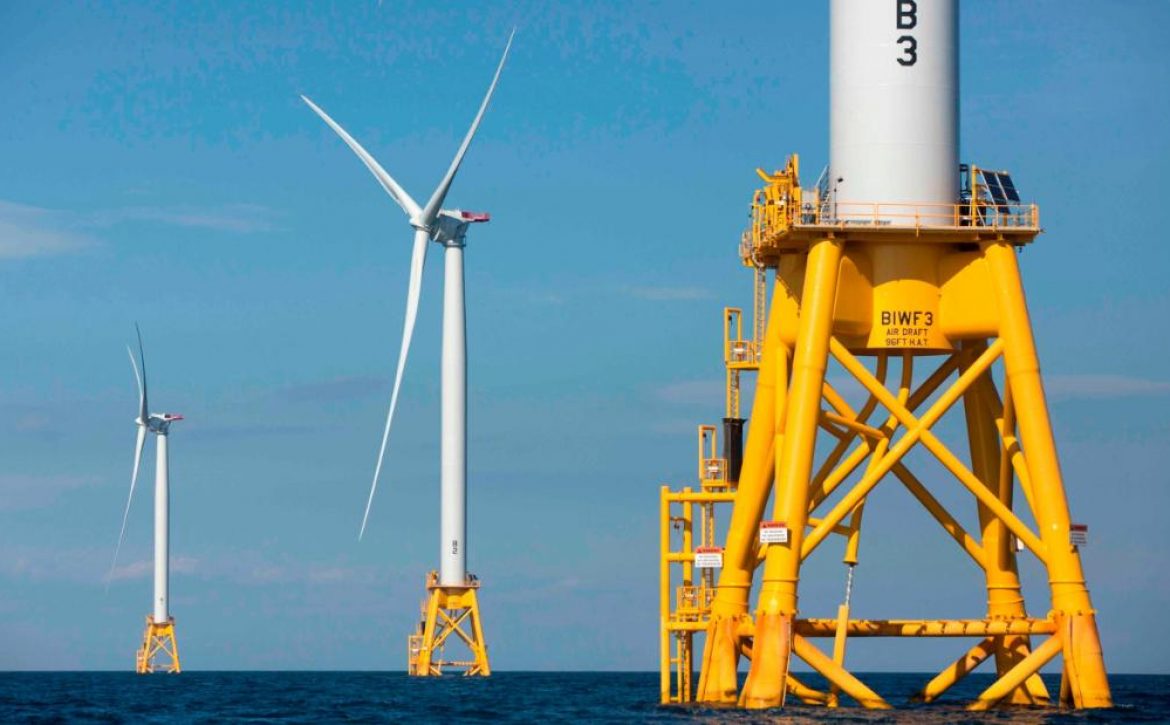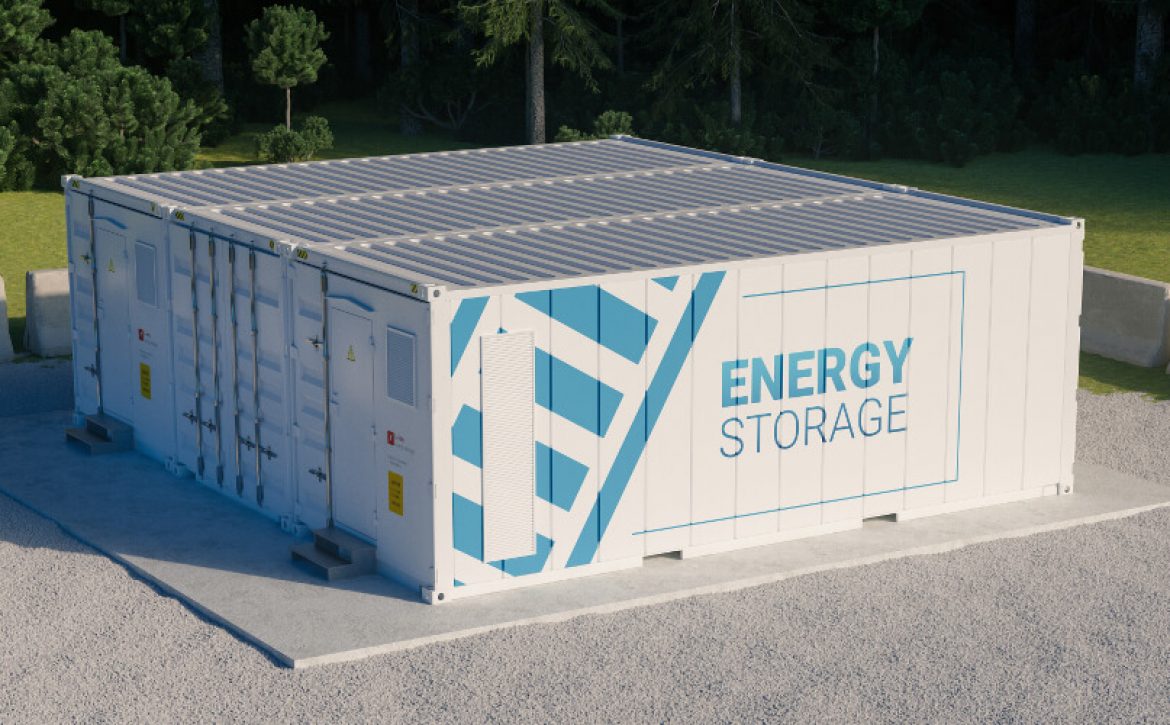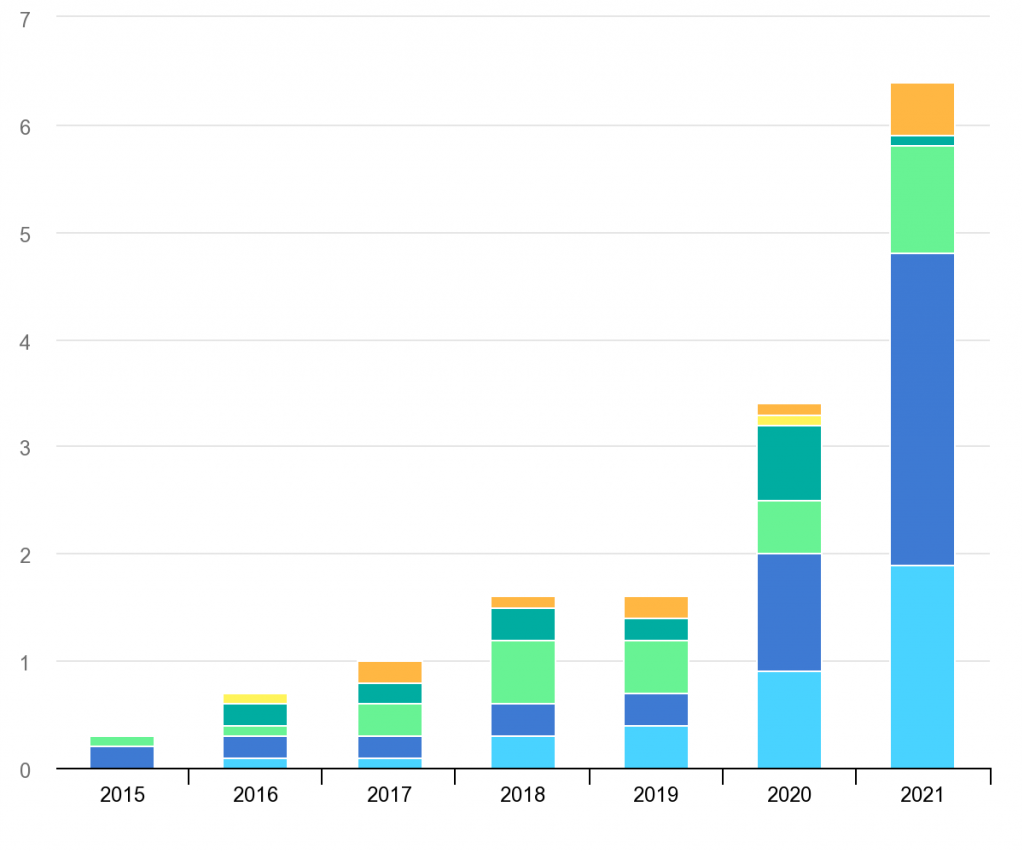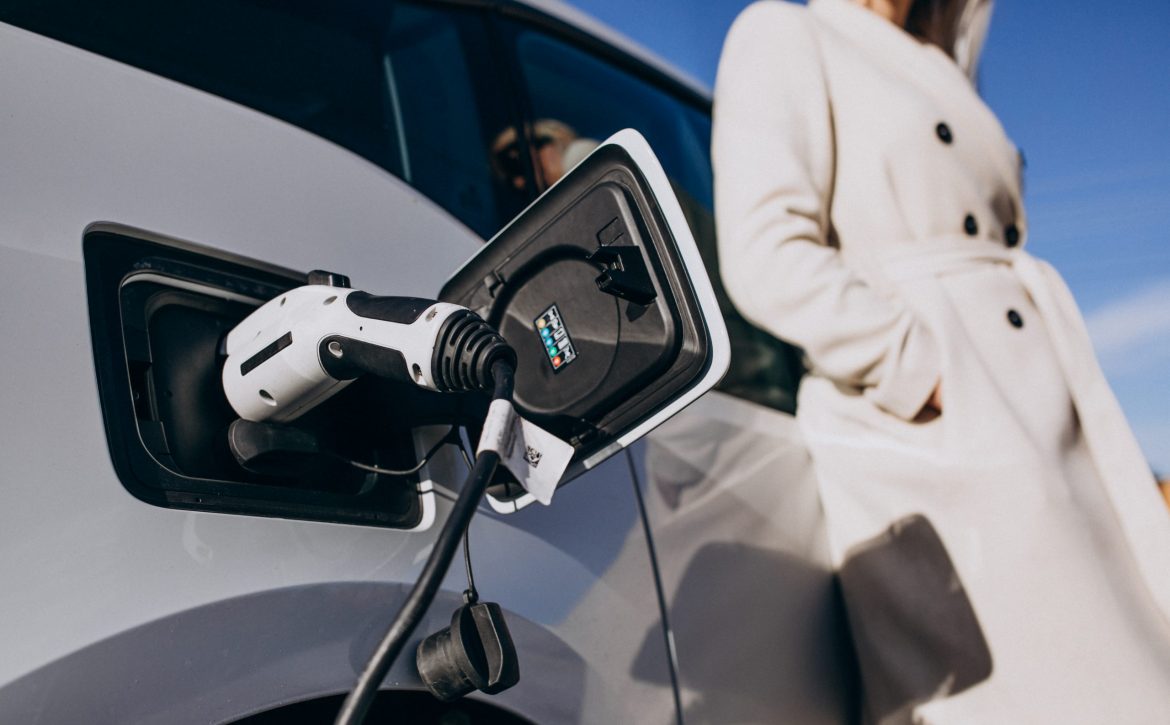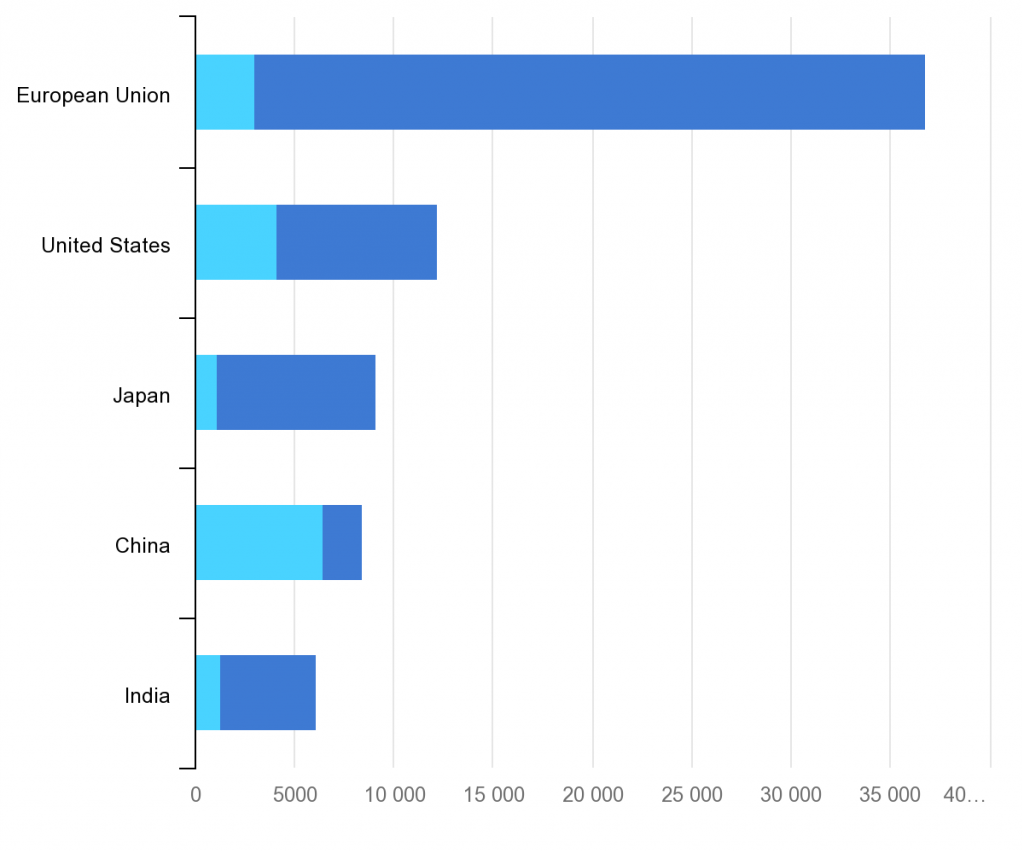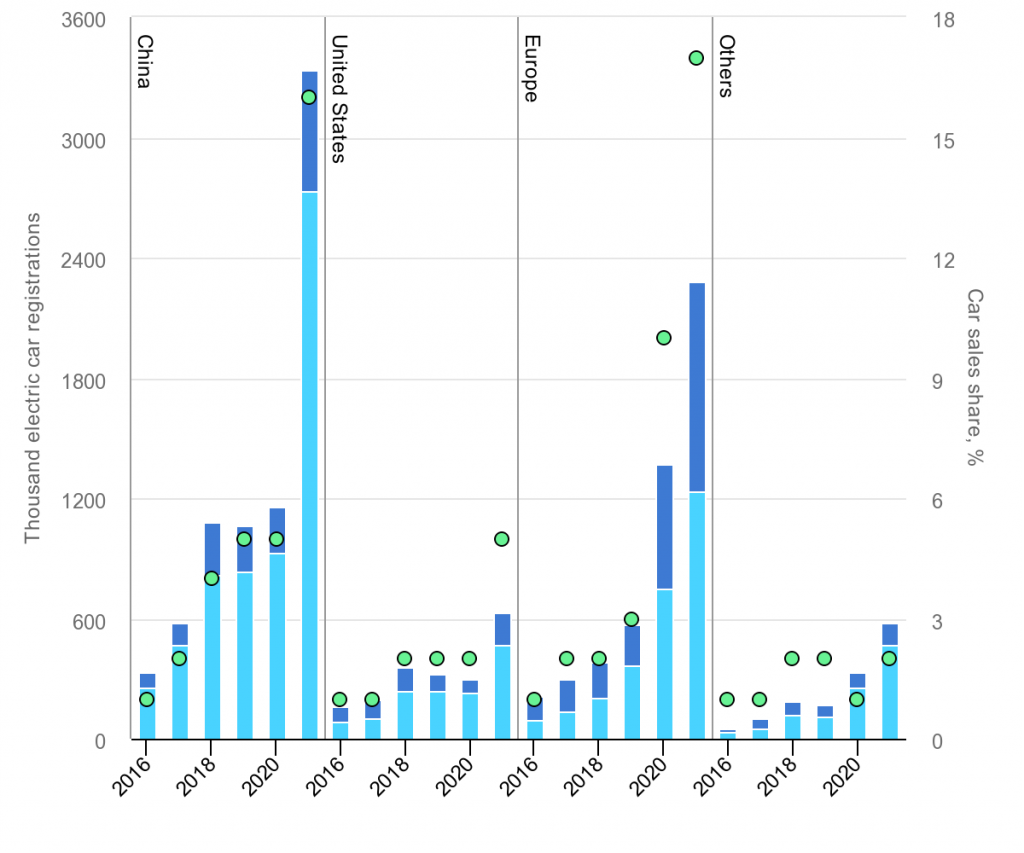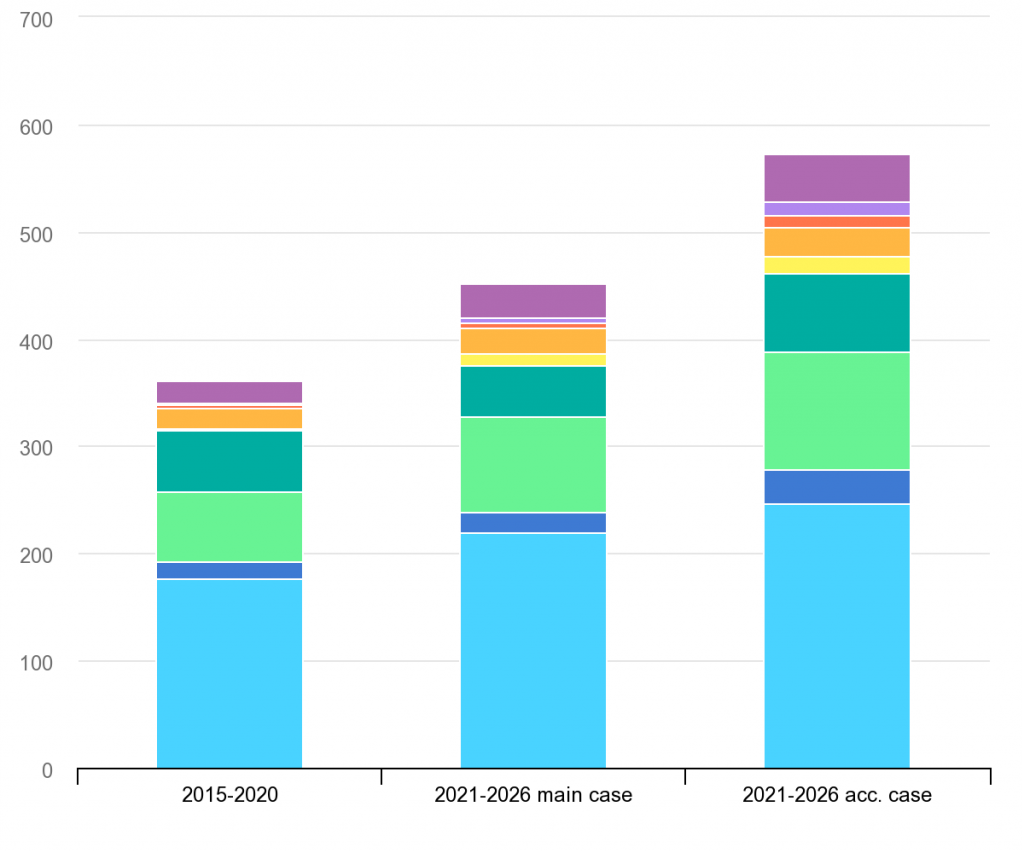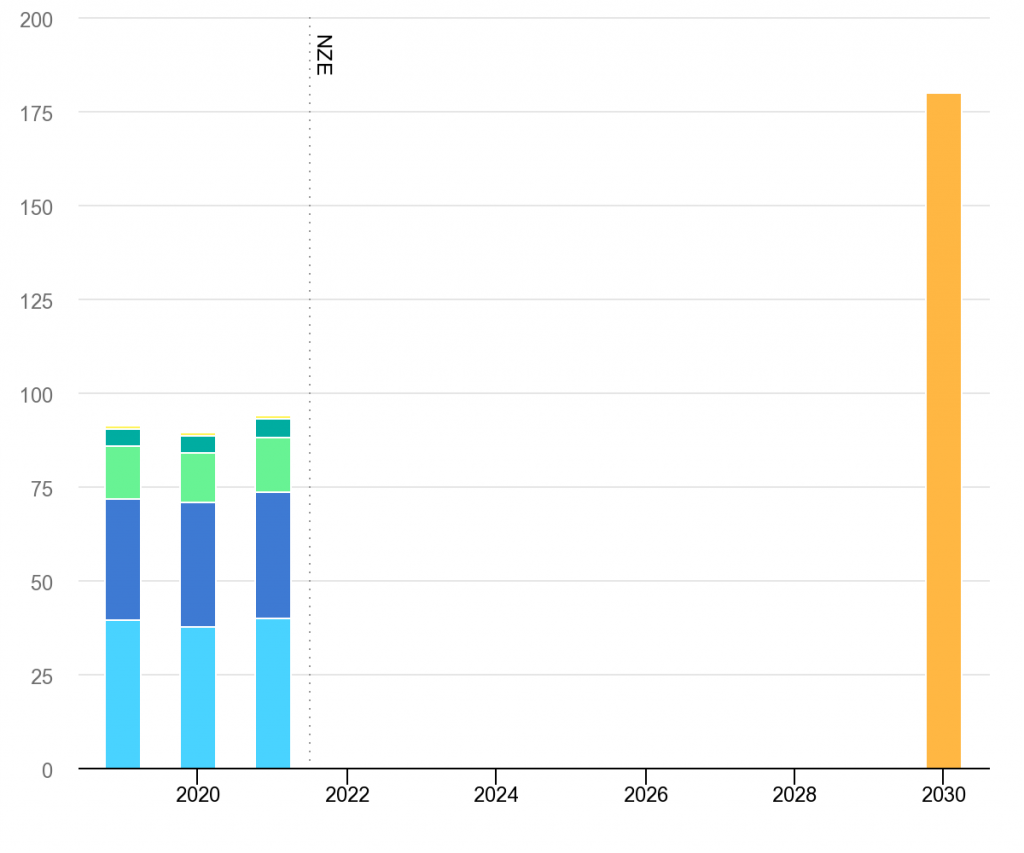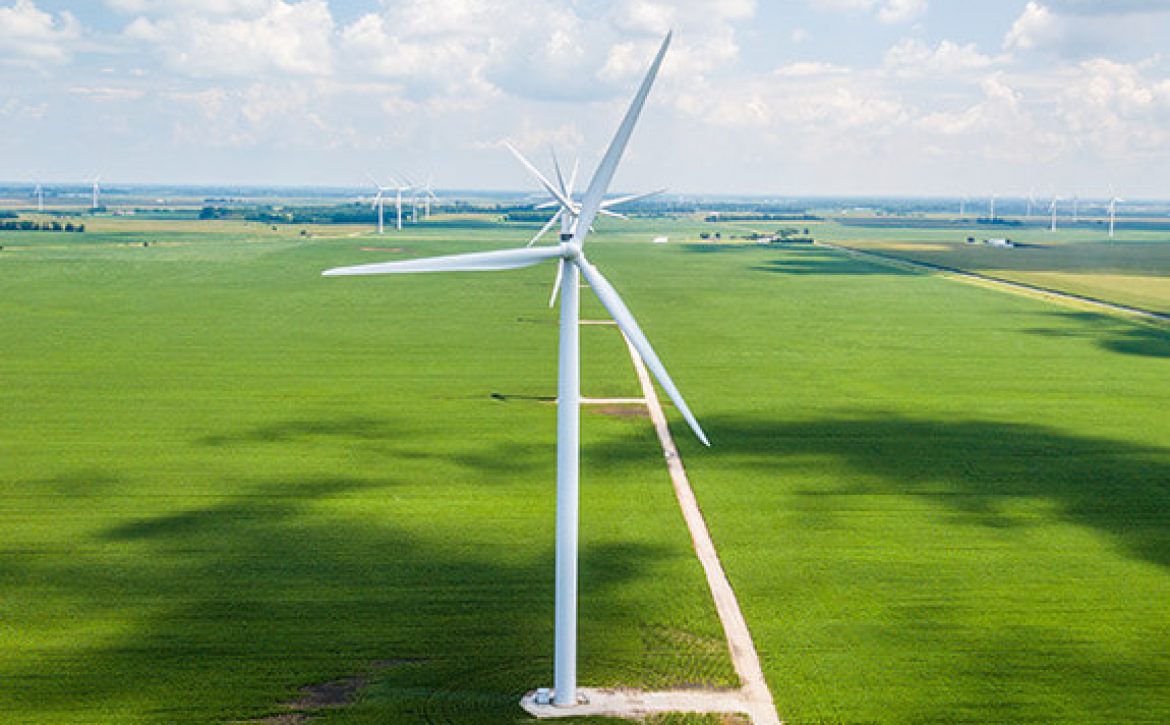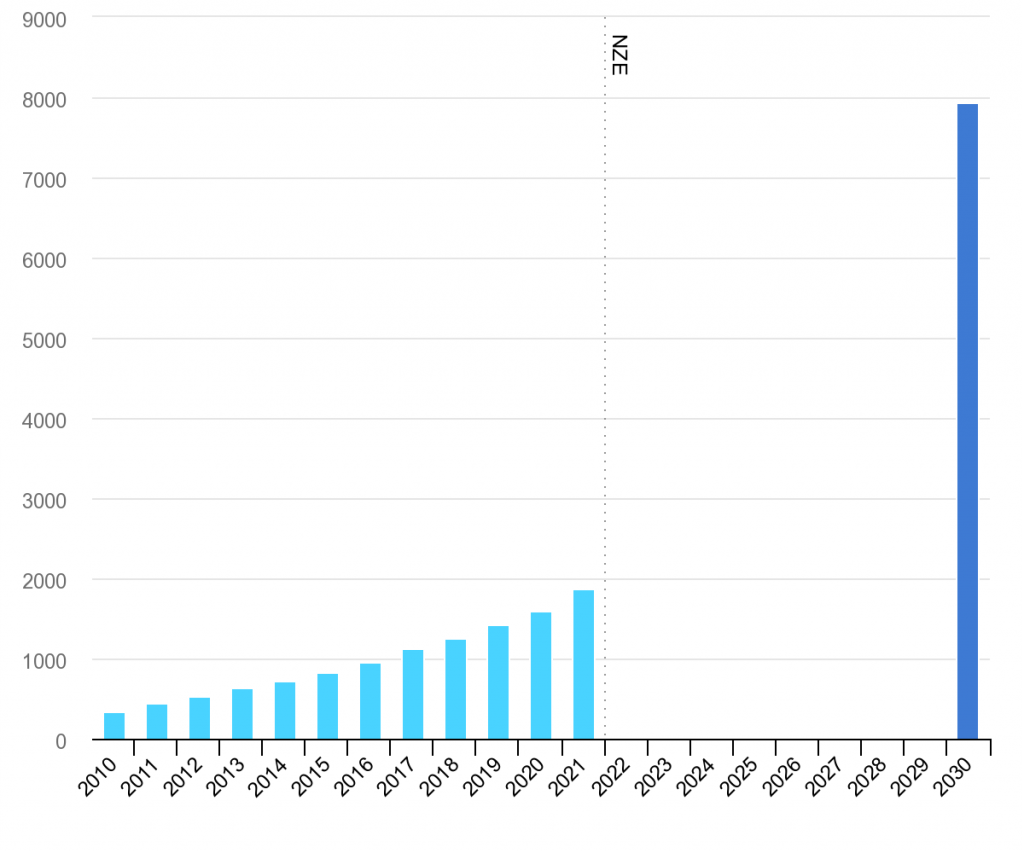Onshore technology continues to dominate wind capacity growth, but offshore is expected to increase its share in the coming years
In 2021, of the total 830 GW of wind capacity installed, 93% were onshore systems, with the remaining 7% offshore wind farms. Onshore wind is a developed technology, present in 115 countries around the world, while offshore wind is at the early stage of expansion, with capacity present in just 19 countries. However, offshore reach is expected to increase in the coming years as more countries are developing or planning to develop their first offshore wind farms.
Wind power capacity in the Net Zero Scenario, 2010-2030
